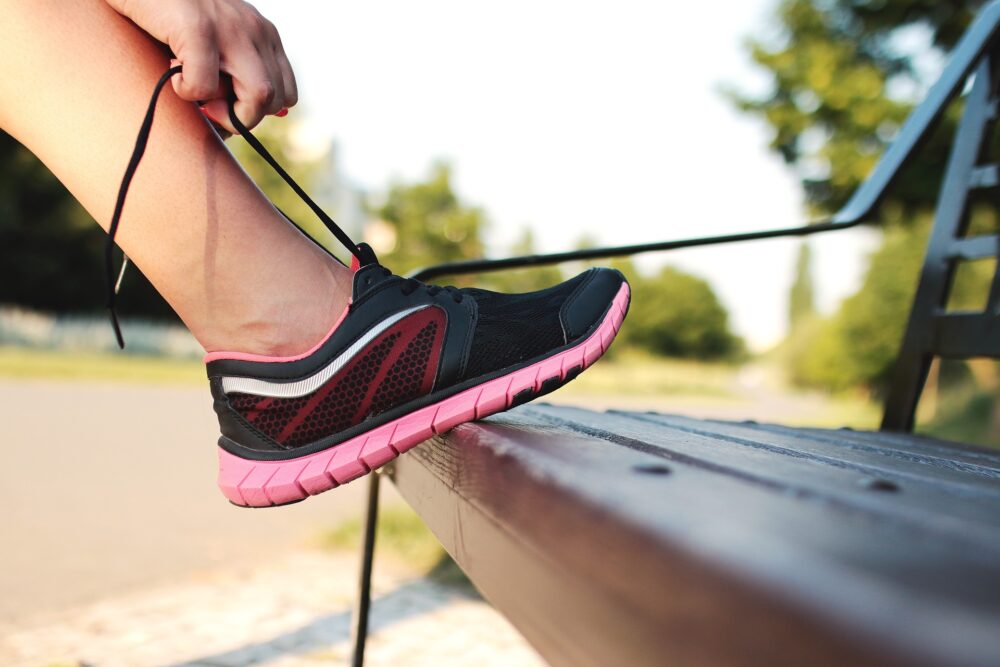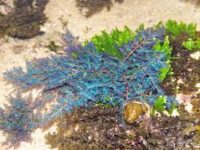People often perceive endurance as an ability that takes significant time and patience to develop or something limited only to those with “good” genetics. While both can be true, anyone can become a solid endurance athlete with the right training. Performance training that targets metrics that scientists use to assess fitness is one place to start.
One of the most common metrics to assess fitness is VO₂ max, the maximum amount of oxygen the body can use during exercise. In endurance events, this is important because oxygen is required to perform cellular respiration, which allows muscles to keep working. The more oxygen you can use at a time, the more work your body can do. A similar metric often referenced in training programs is lactate threshold: the point where lactate, a chemical byproduct of intense physical exertion, accumulates in the bloodstream at a faster rate than it can be broken down. When you exercise above this threshold, you fatigue more rapidly; so the higher this threshold is, the longer you could prolong fatigue.
In endurance events, this is important because oxygen is required to perform cellular respiration, which allows muscles to keep working
Training programs often target VO₂ max and lactate threshold with specific workouts. This might look like 3-5 minutes at VO₂ max pace, with 50%-100% recovery time between intervals, or it might look like 20-30 minutes at lactate threshold pace. You can determine paces or heart rate ranges for these workouts with online calculators that account for your recent race times. If you wanted to implement these types of workouts into your routine, you could look for training programs online and adapt them as needed to match your current fitness level and desired goals.
Another common assessment metric is exercise economy, which measures the efficiency of movement. Scientists define exercise economy as the amount of oxygen required to move at a given speed. A 2012 review published in Sports Medicine explains that older athletes tend to have a greater exercise economy since they have more endurance training experience; however, “explosive strength training” can also improve exercise economy. This gives athletes with less experience in their endurance sport another way to boost efficiency. Scientists hypothesize that improved neuromuscular control from this training improves exercise economy by better regulating the stiffness and elasticity of muscles. For example, stiffer muscles are better able to store and release energy, therefore lowering the amount of oxygen needed.
A 2021 study published in the Journal of Applied Physiology assessed physiological differences in the spleens of endurance athletes and untrained individuals. One function of the spleen is storing and releasing red blood cells into circulation to transport oxygen to tissues in need. The scientists hypothesized that athletes would have larger spleens and greater splenic contractions during exercise because they are frequently exposed to high oxygen demands through training and would need an efficient mechanism to adapt. In accordance with their hypothesis, results showed that athletes in the study had larger spleens and greater splenic contractions, in addition to elevated levels of hemoglobin, a protein in red blood cells that carries oxygen. Higher levels of hemoglobin suggest an enhanced oxygen carrying capacity in athletes, but can anyone attain this physiological benefit?
For example, stiffer muscles are better able to store and release energy, therefore lowering the amount of oxygen needed.
A few studies cited in the 2021 publication found that participants who trekked in high altitude conditions for at least two months or engaged in static apnea training had increased splenic volume following the studies. Participants in the apnea training studies held their breath for almost as long as they could 5-10 times per day, then breathed normally for 2 minutes before starting the next breath hold. In theory, integrating this breathing exercise into your daily routine could help you attain the physiological benefits of an endurance athlete. The other practice you could engage in is regular exposure to high-altitude conditions. If you don’t live in a high-altitude area, you could simulate exposure through high-elevation training masks, but more research is needed to evaluate whether wearing a high-elevation training mask achieves the same benefits as regular exercise in high altitude.
With these science-backed suggestions, building endurance doesn’t have to be a daunting task. If you would prefer more guidance in your journey to becoming an endurance athlete, joining a group for your desired sport or hiring a coach would also be reasonable steps to take. Although this training requires discipline and commitment, anyone can improve their endurance. So, enjoy the process, and don’t give up!
Sports Medicine (2012). DOI: 10.2165/00007256-200029060-00001
Journal of Applied Physiology (2021). DOI: 10.1152/japplphysiol.01066.2020






